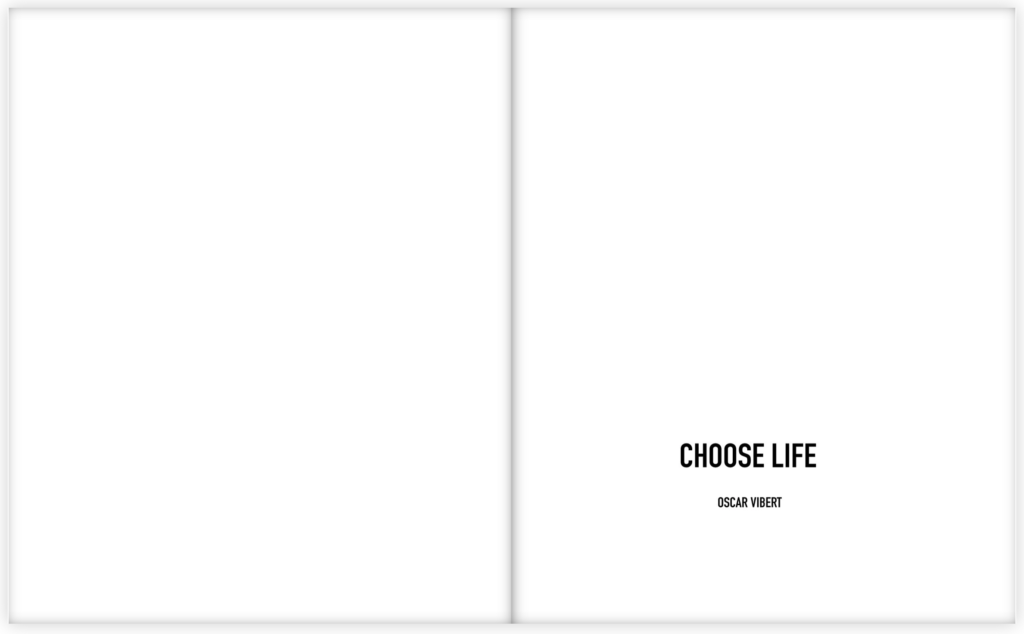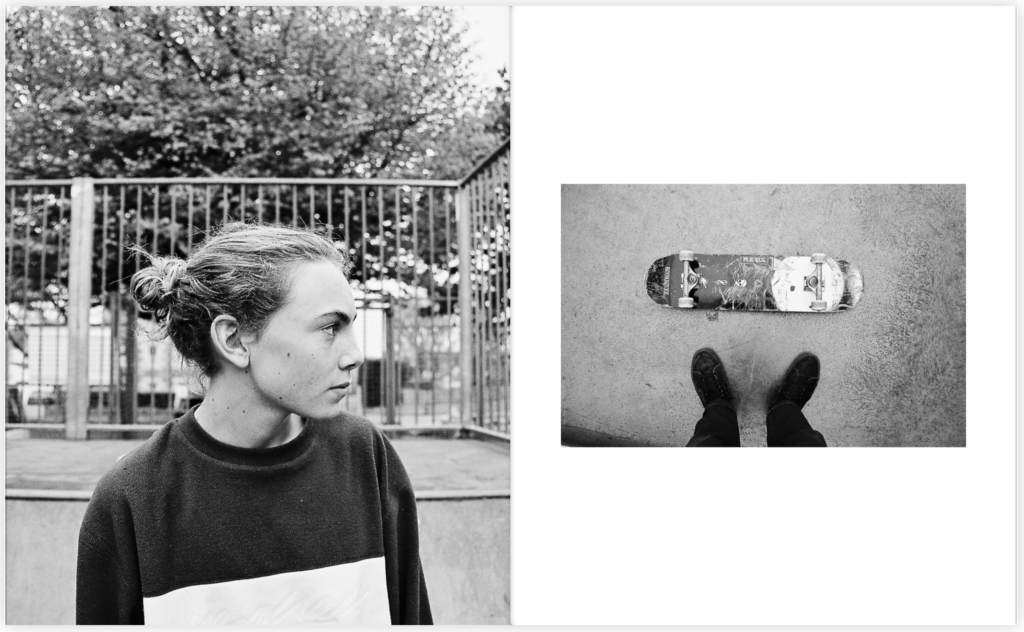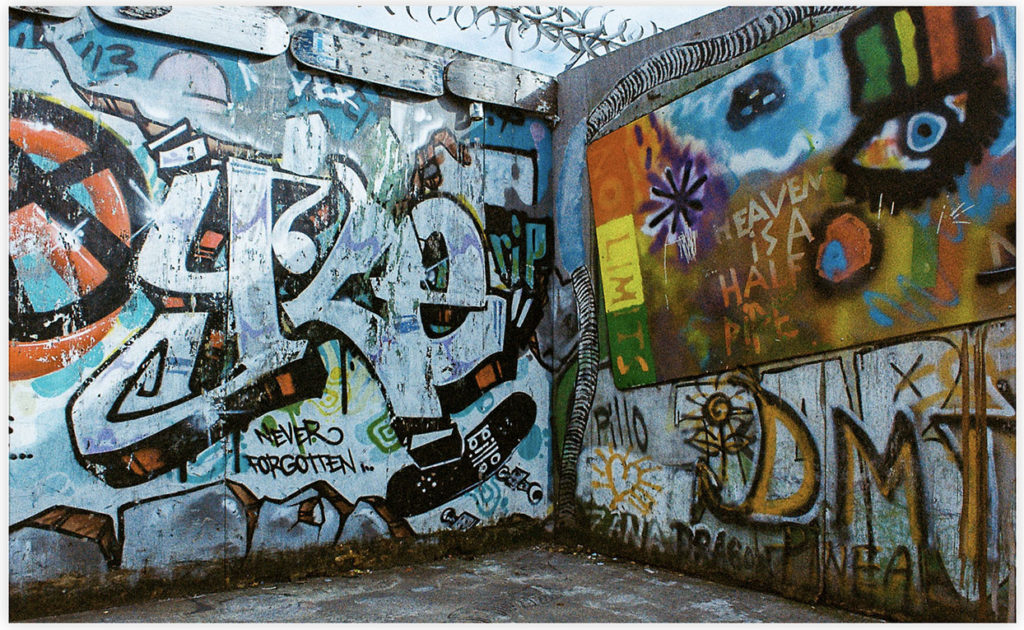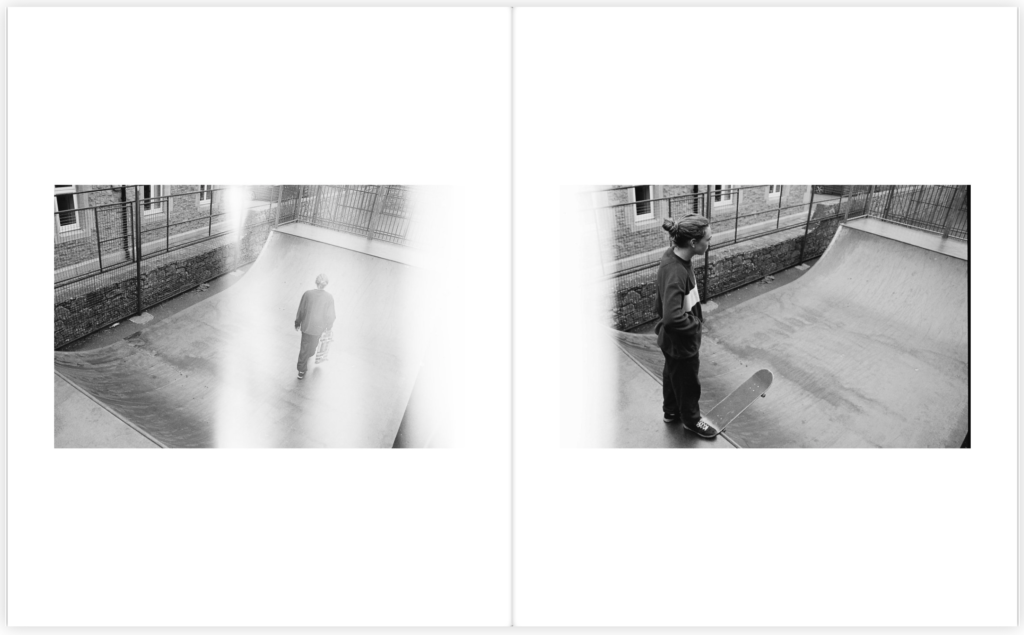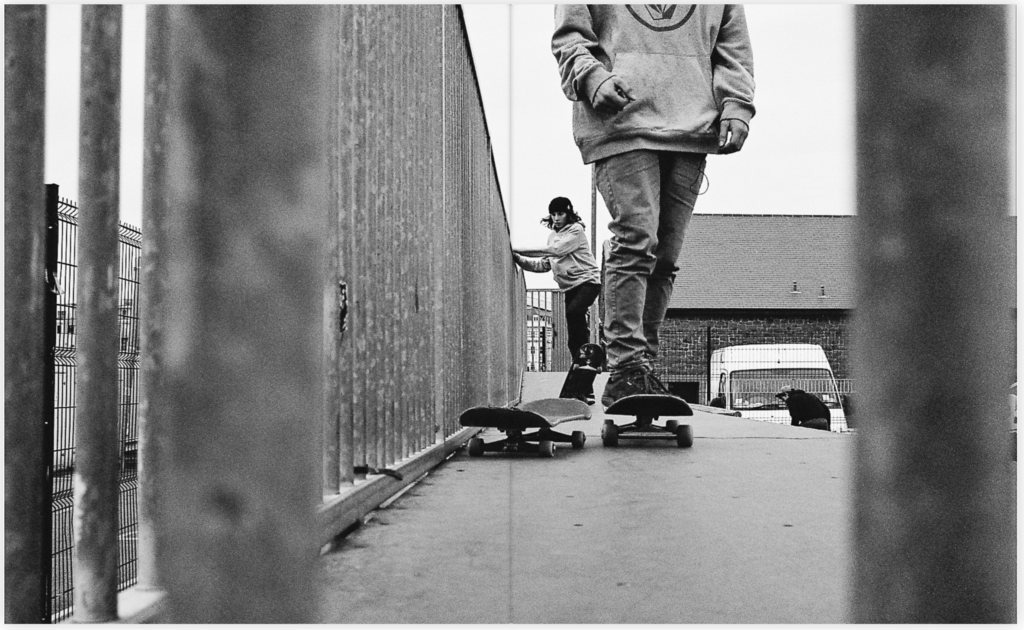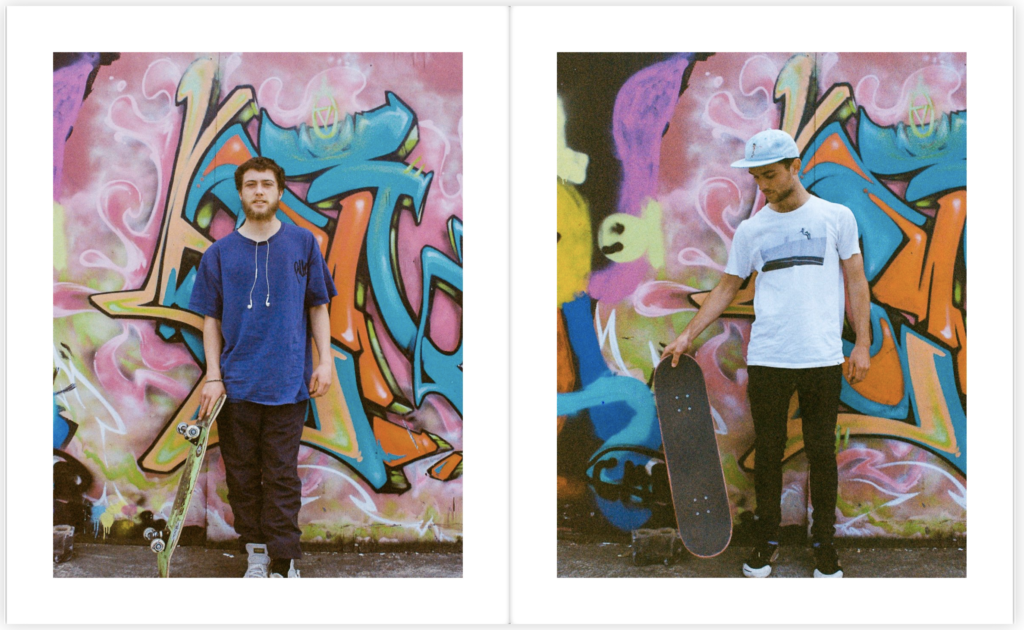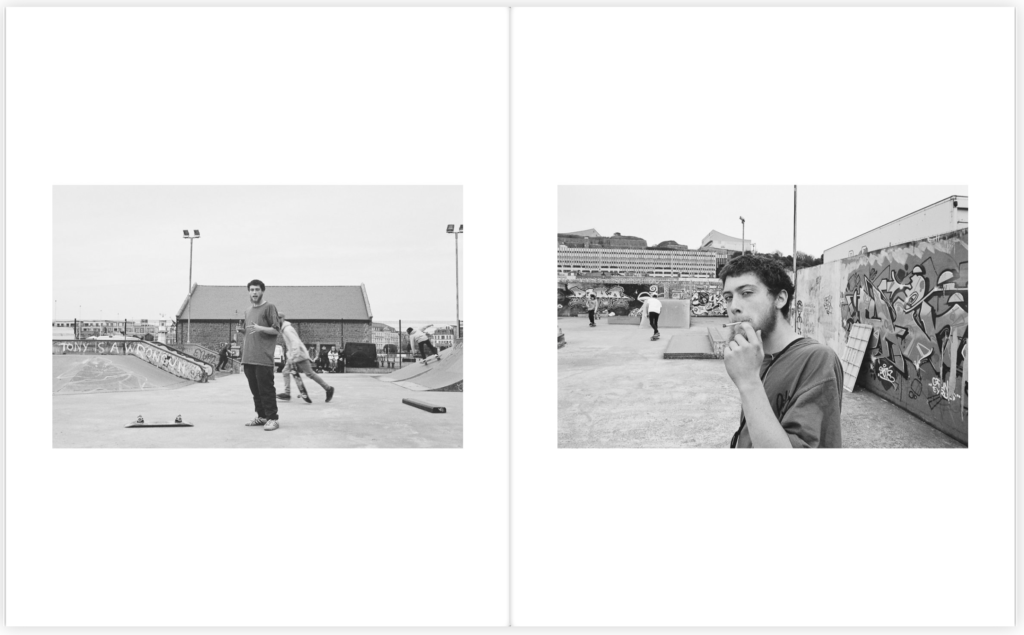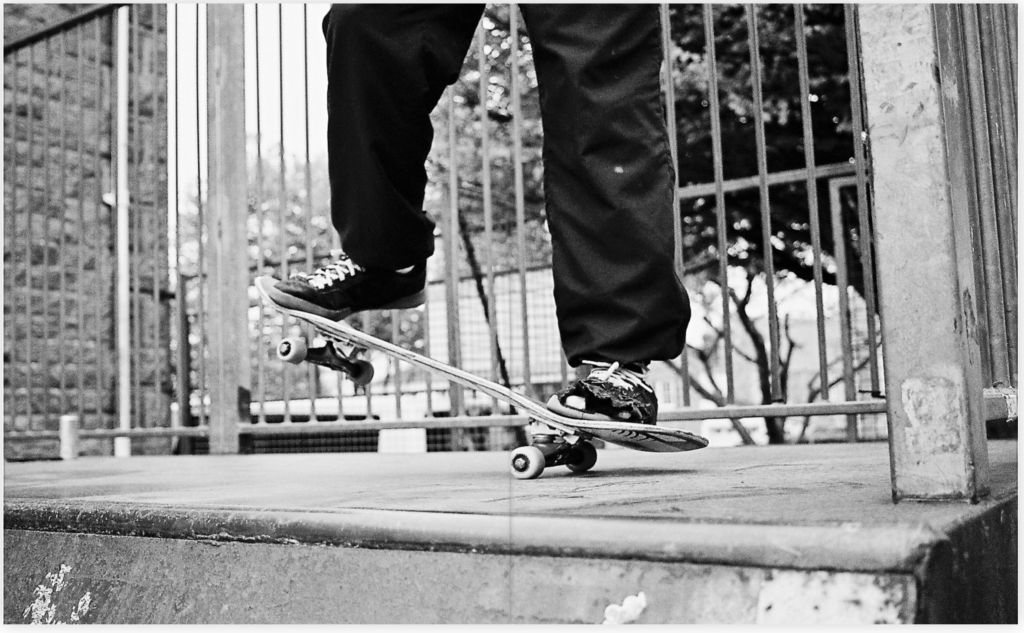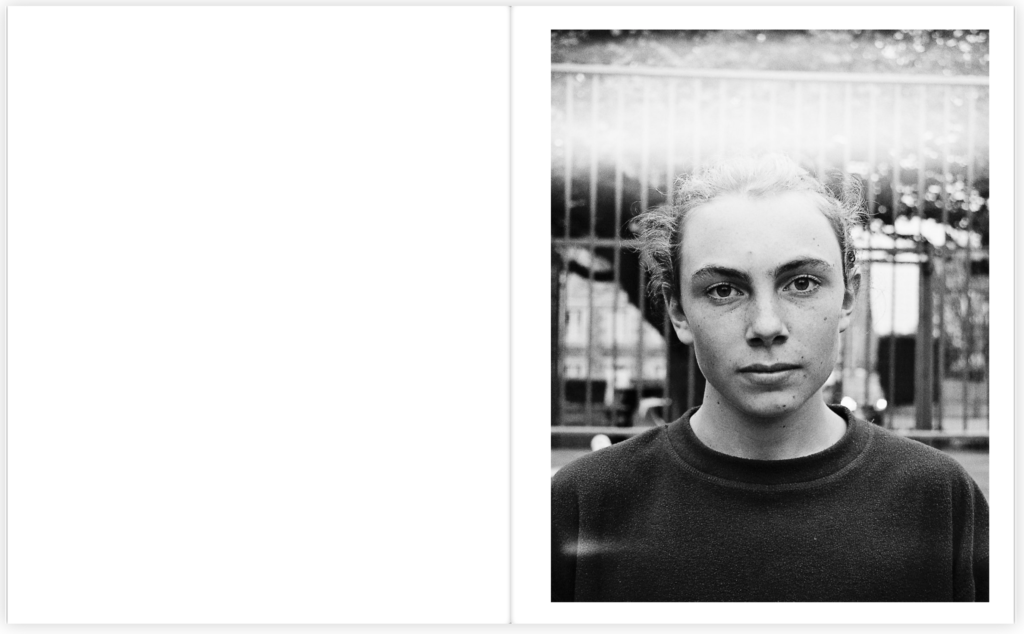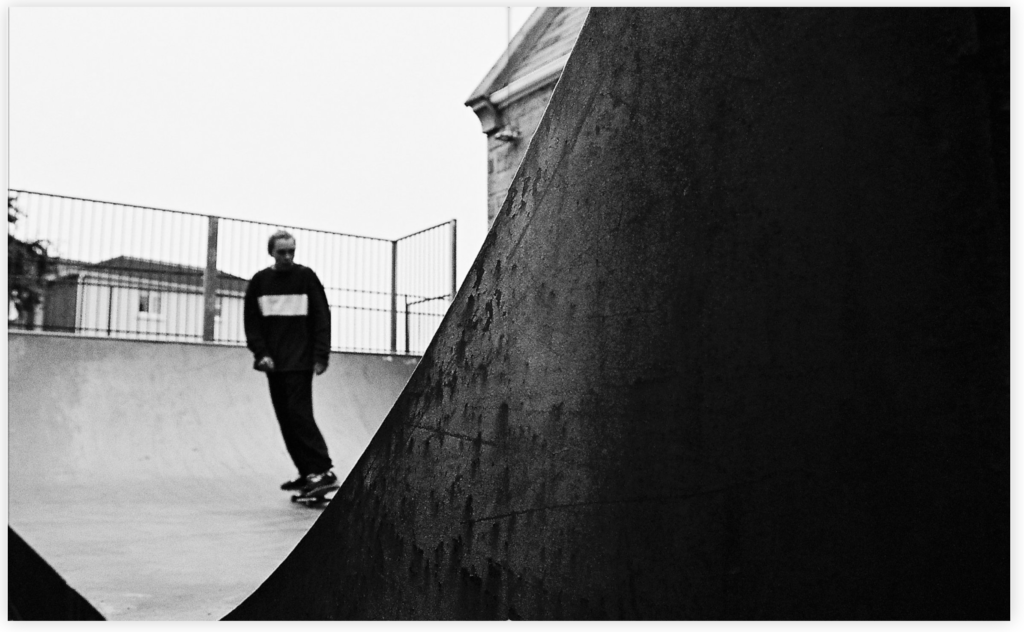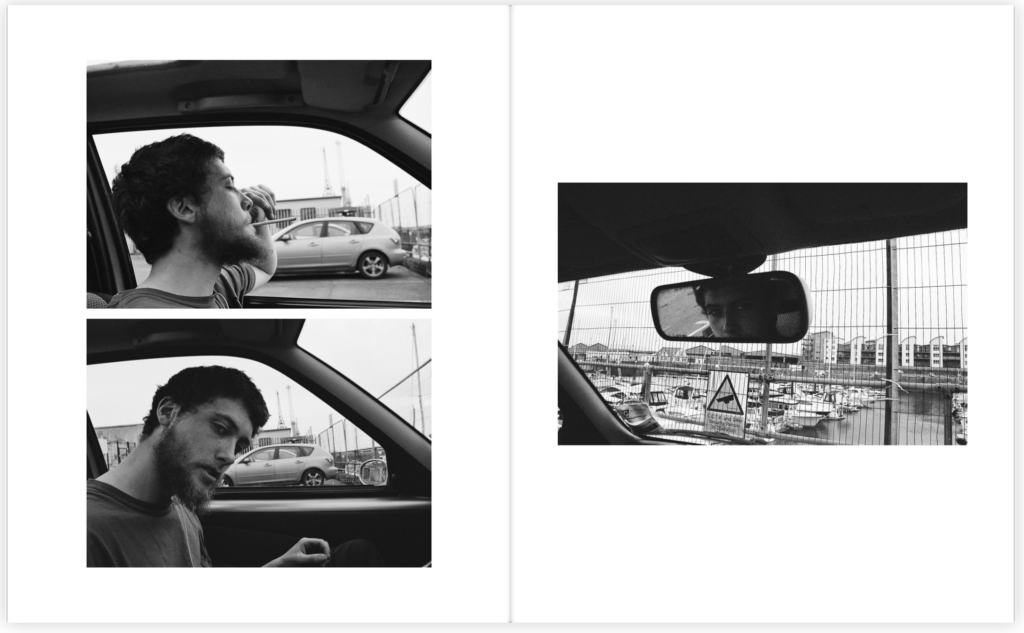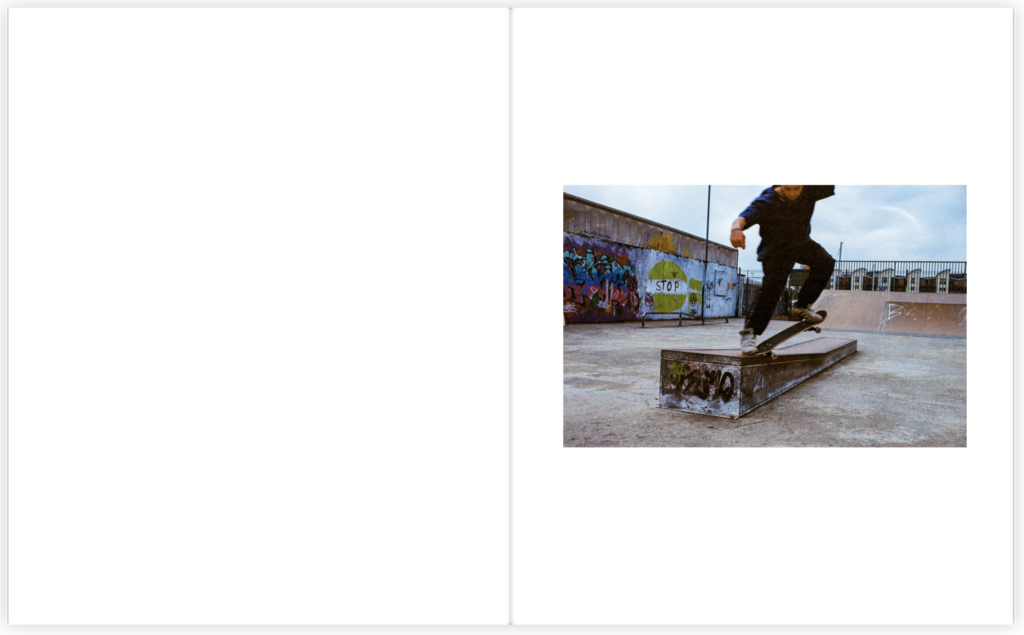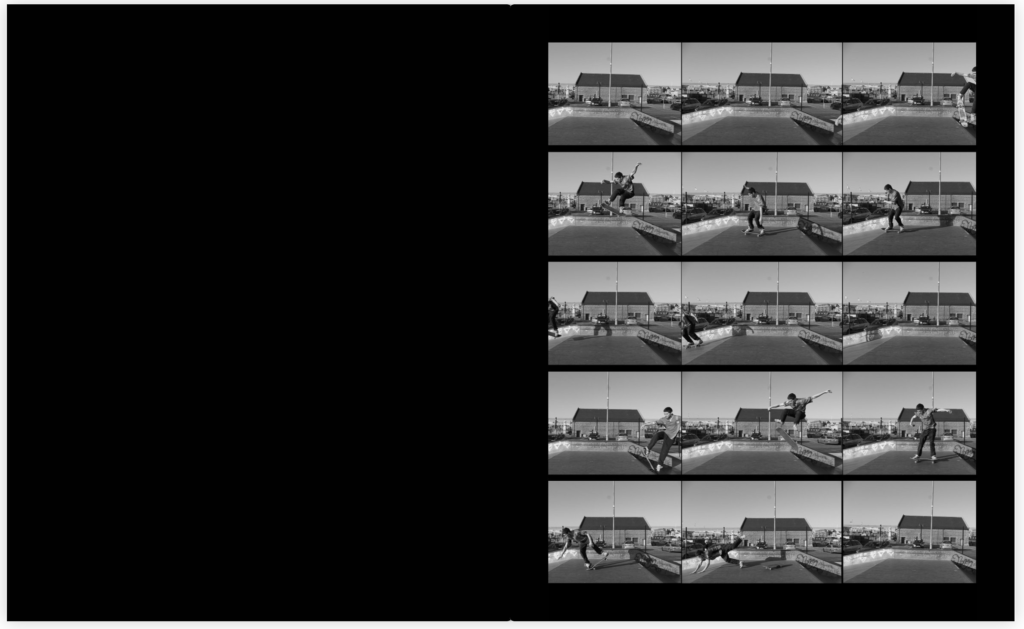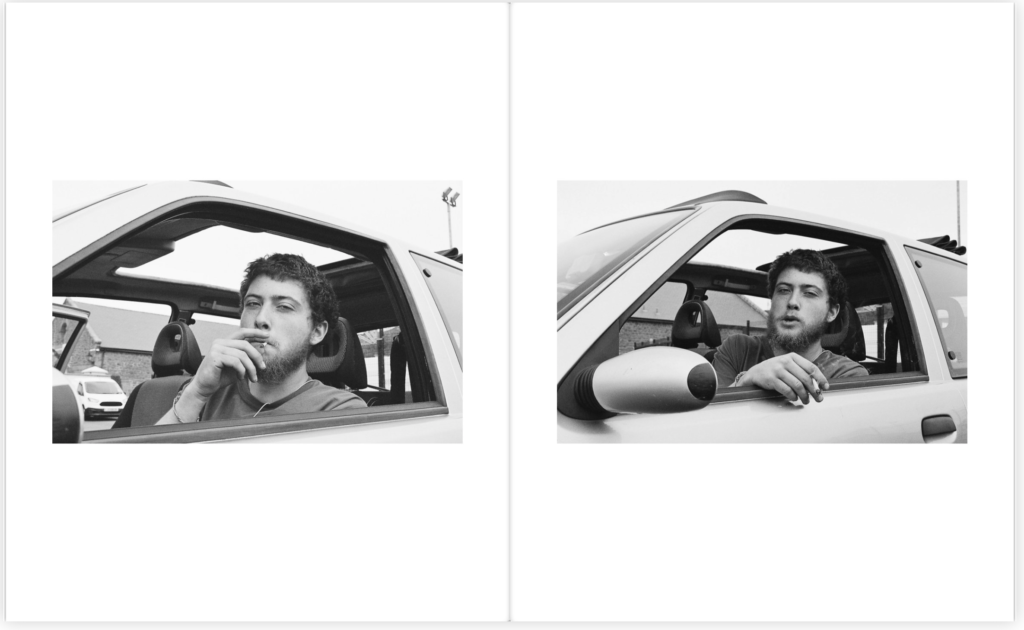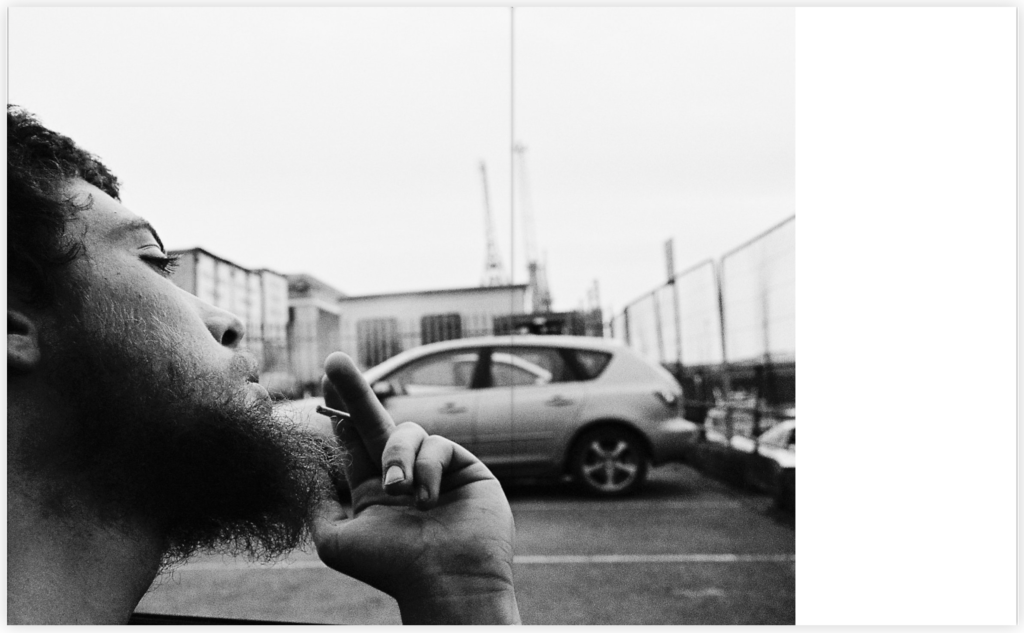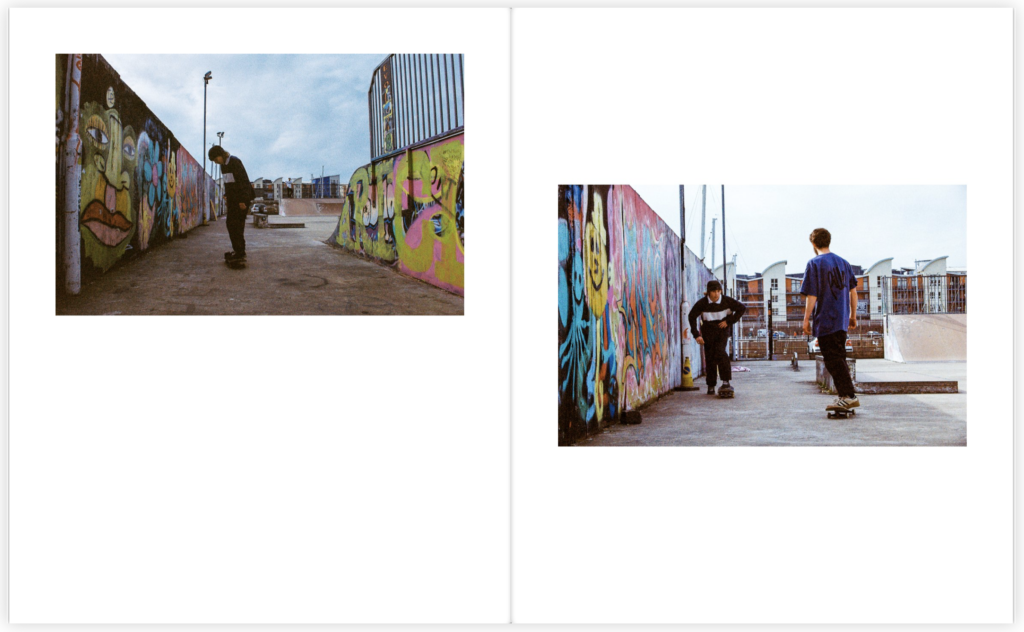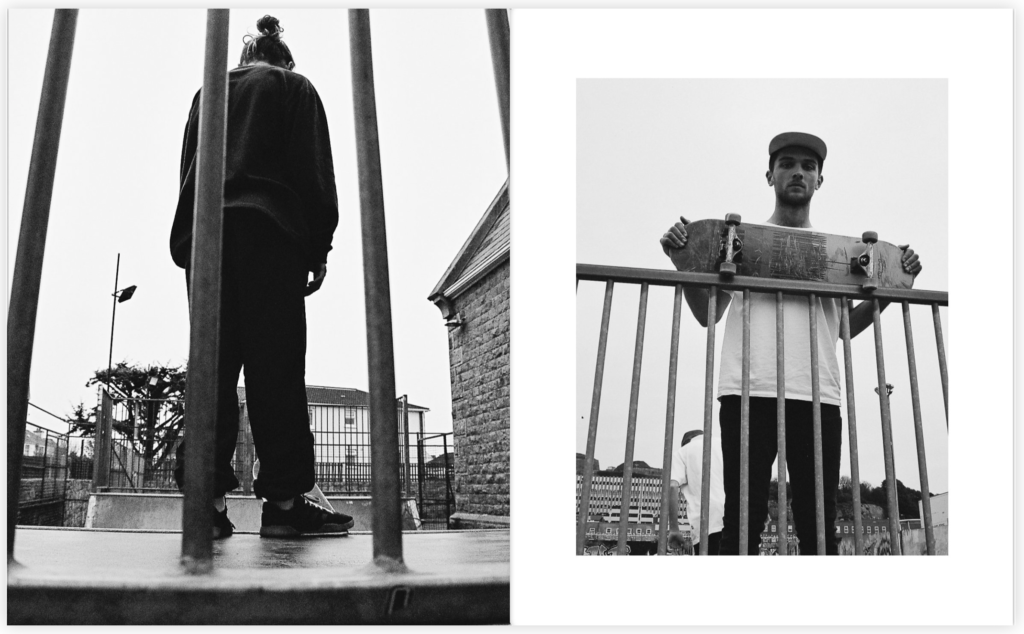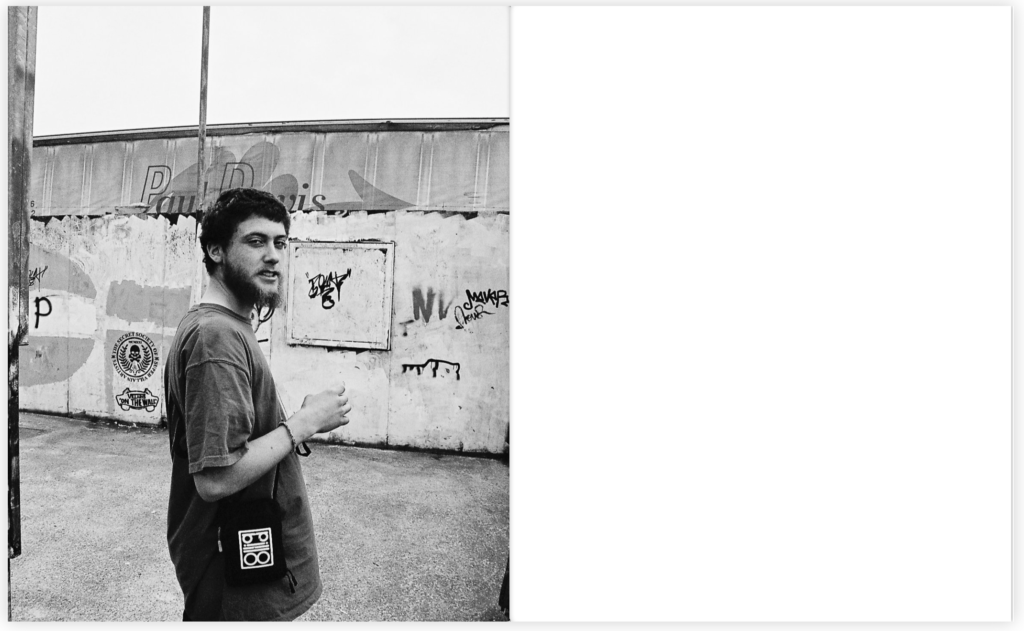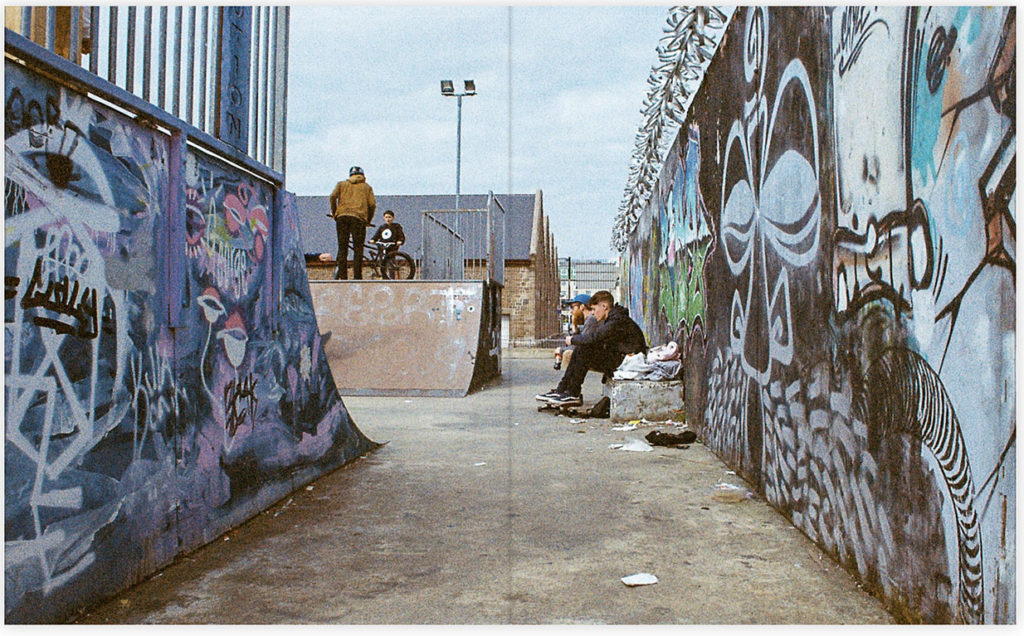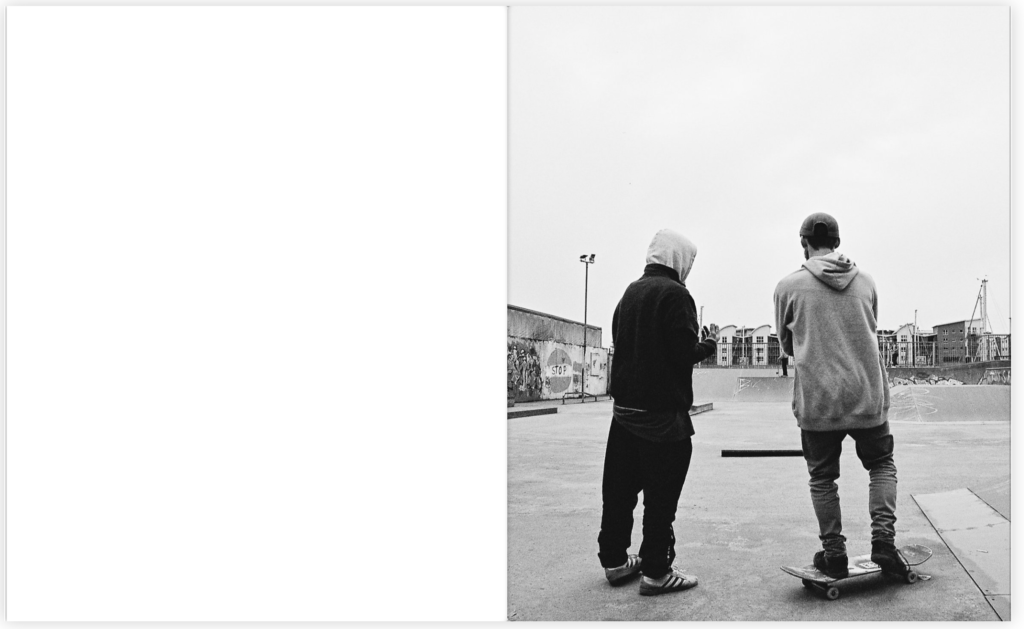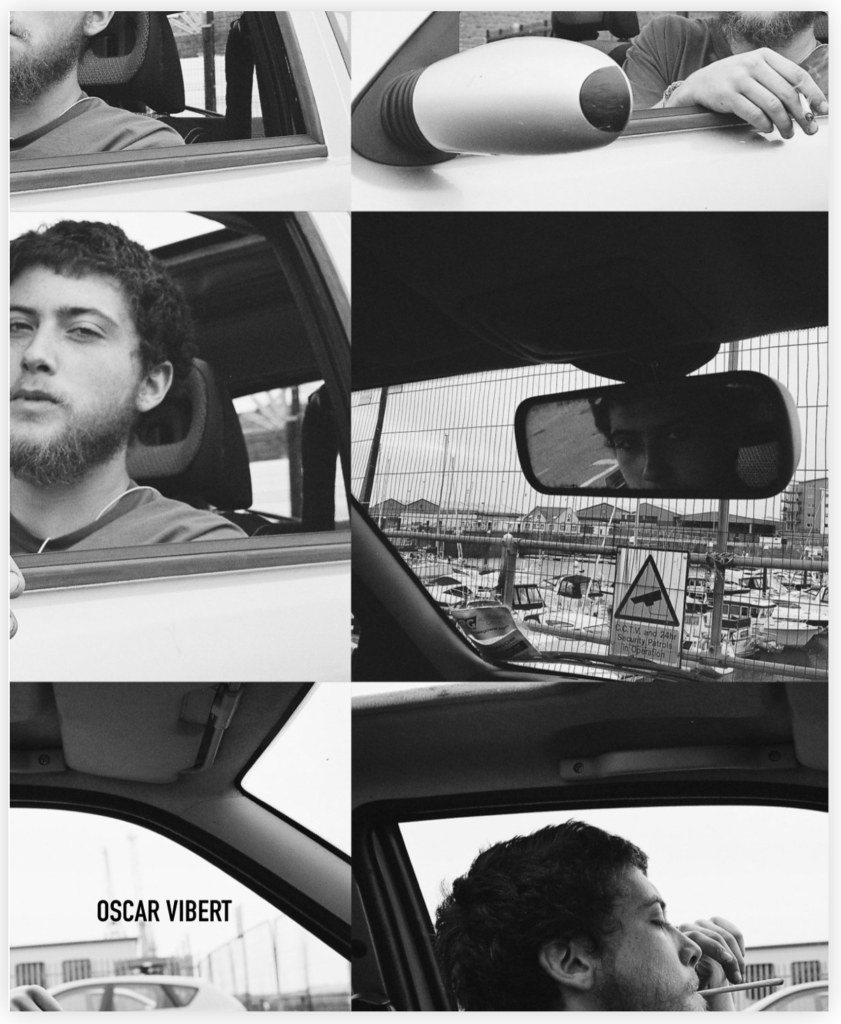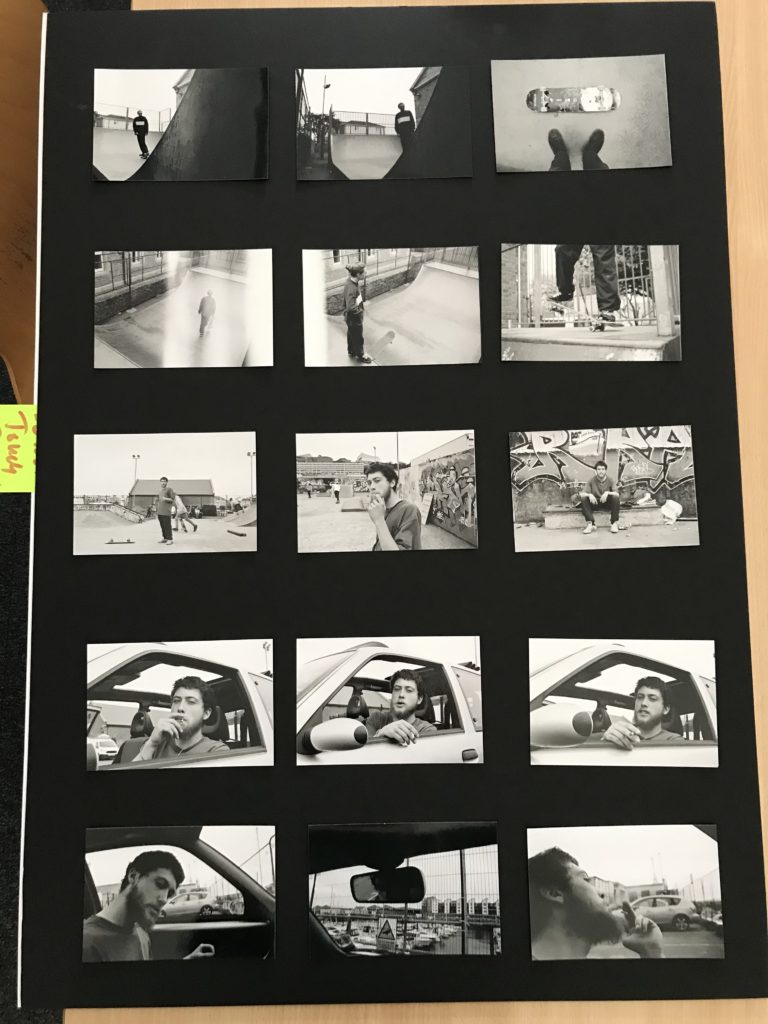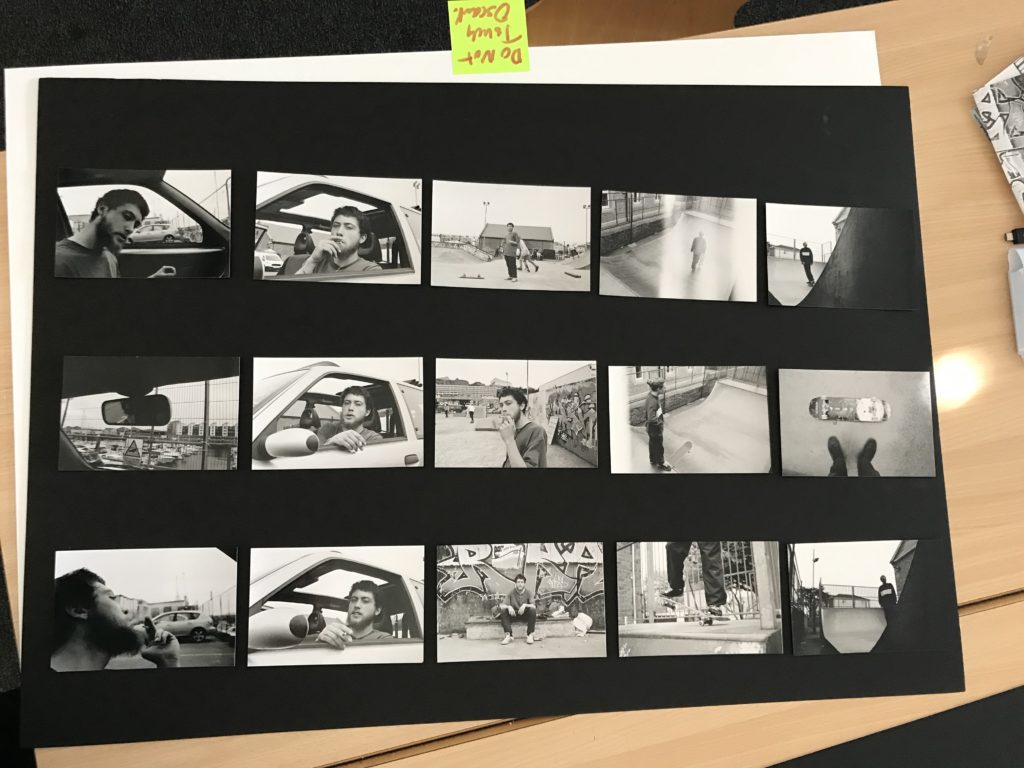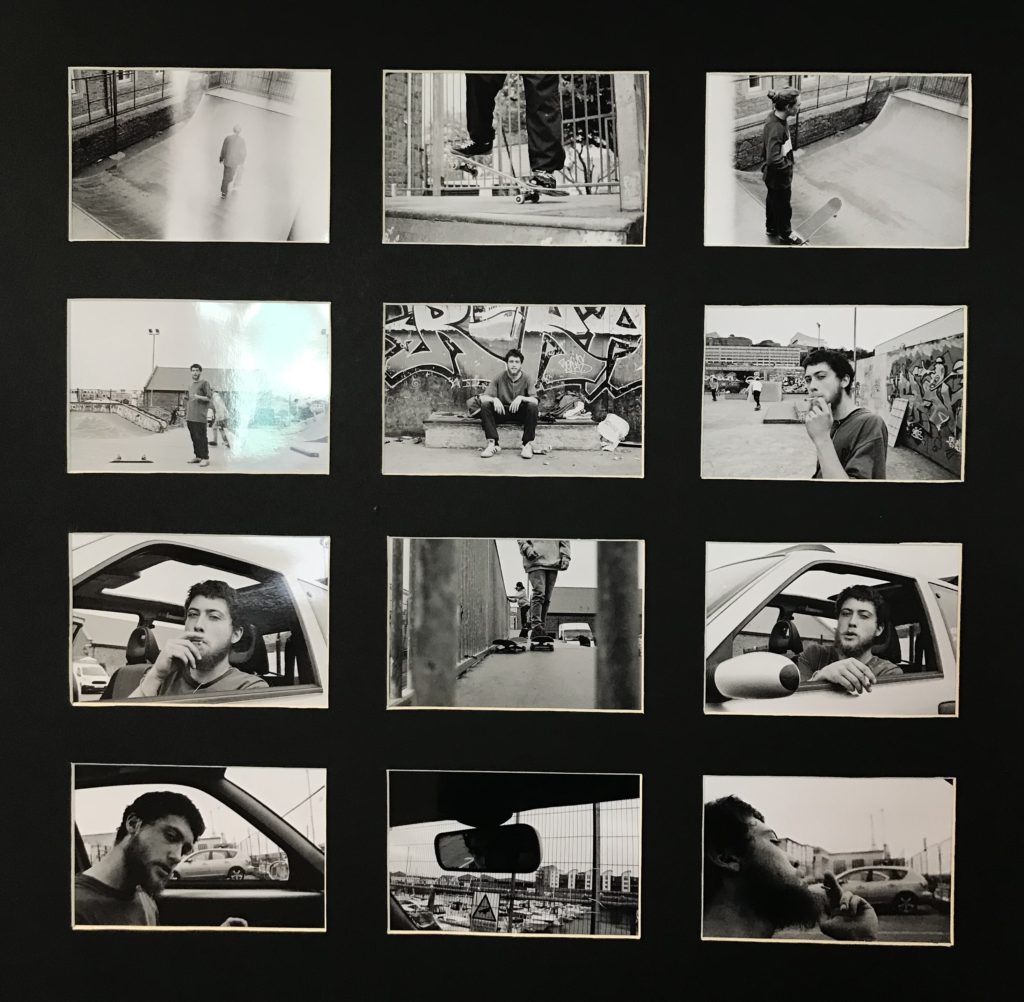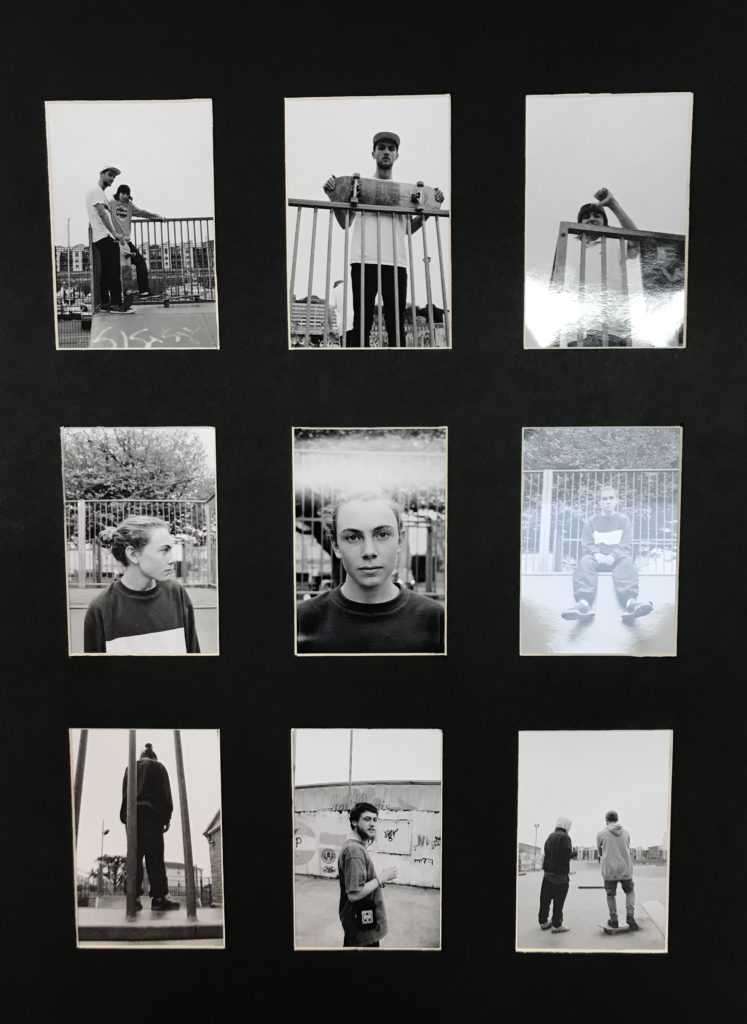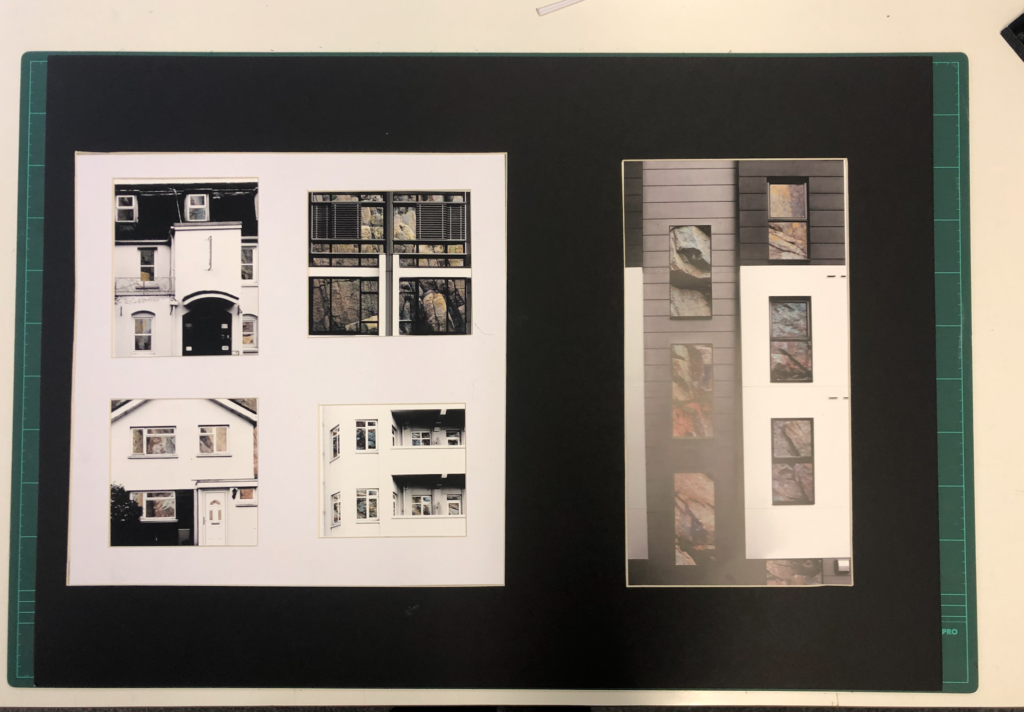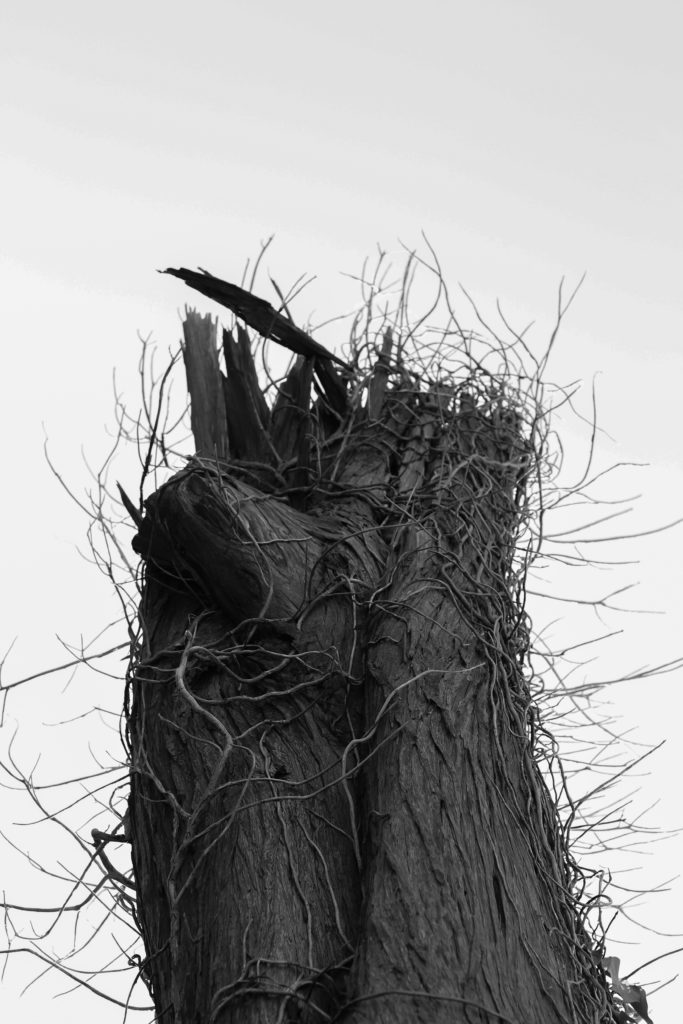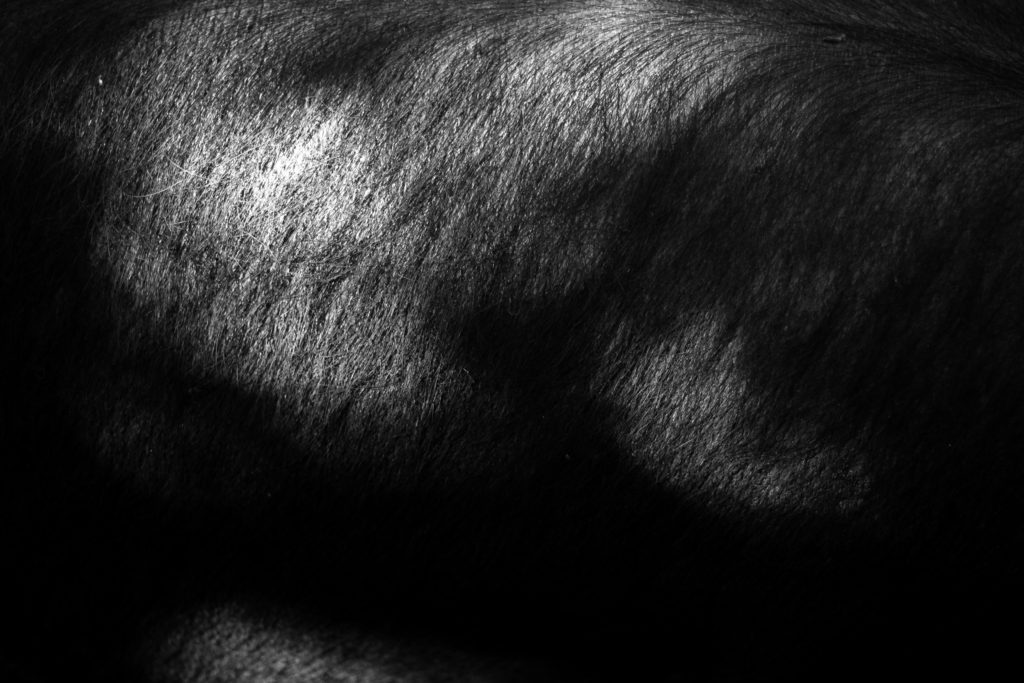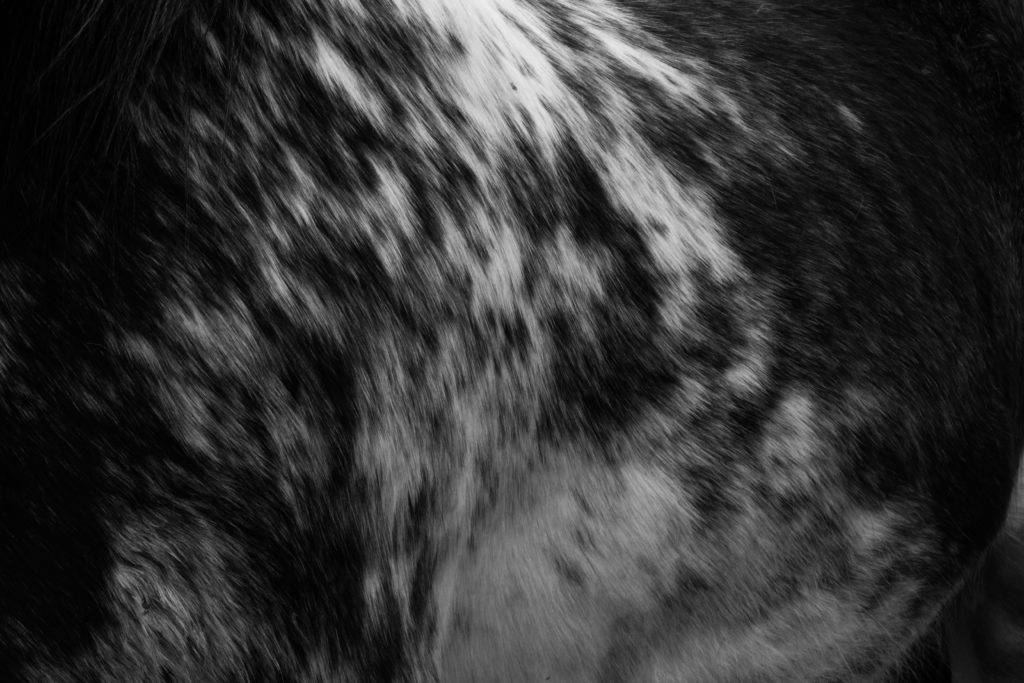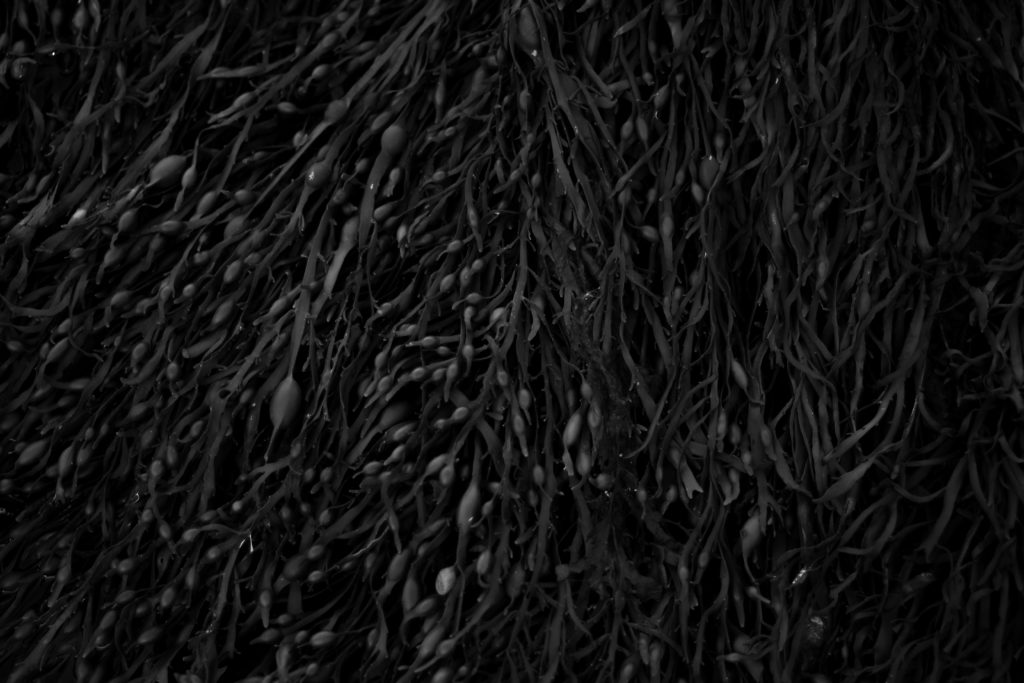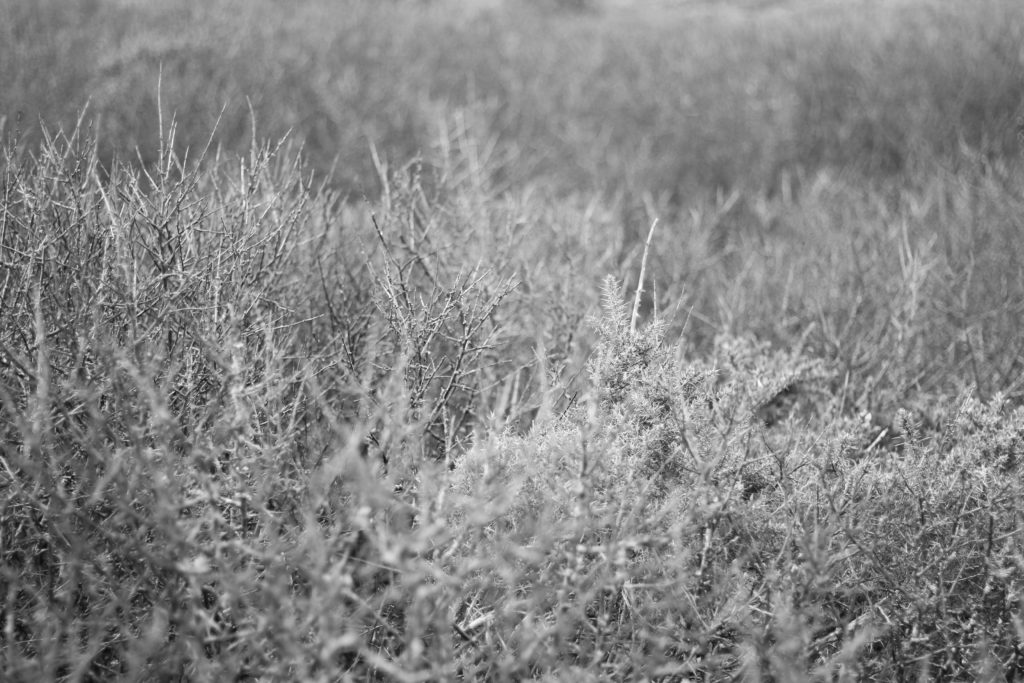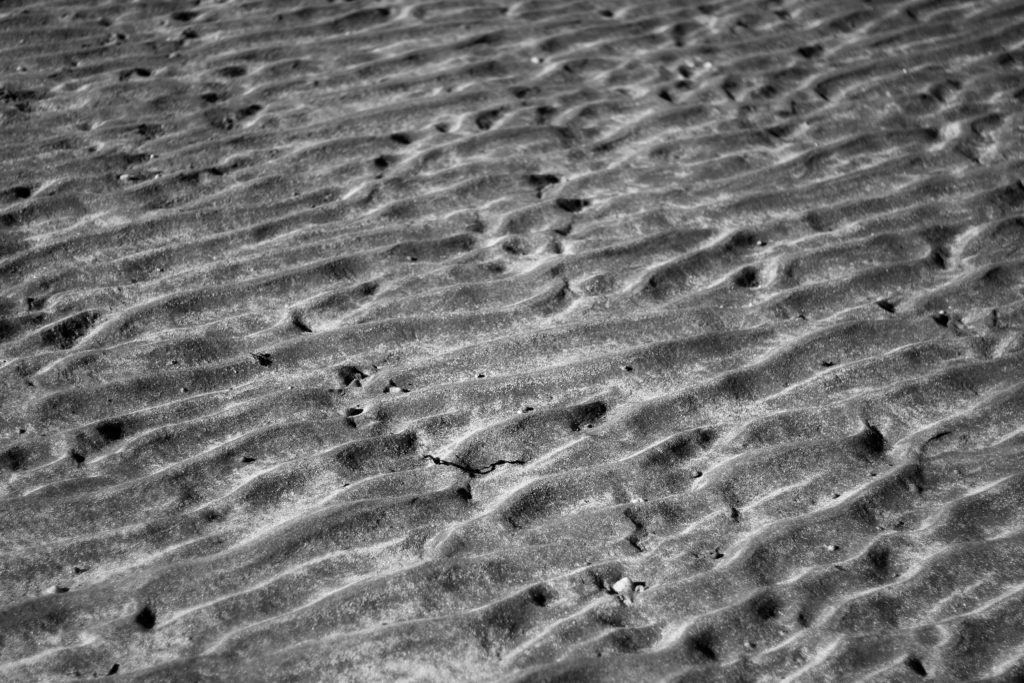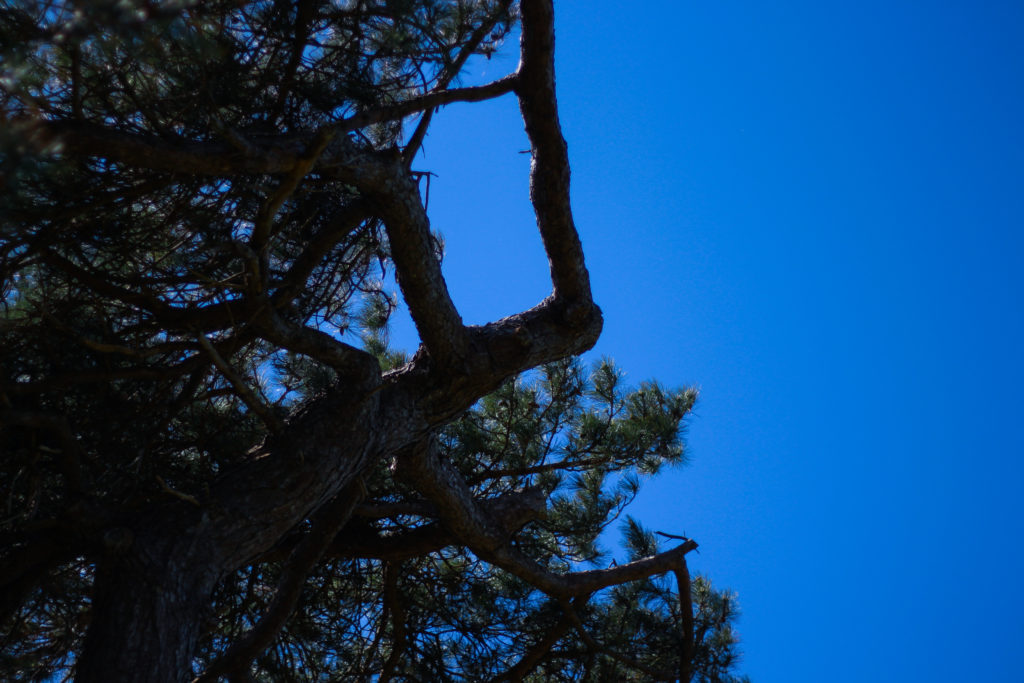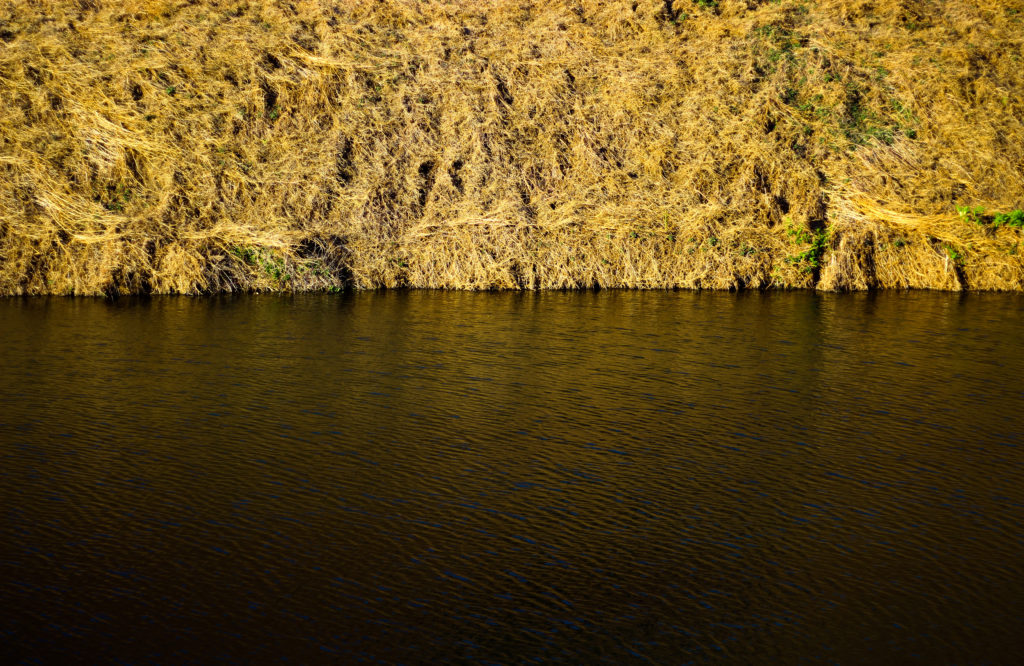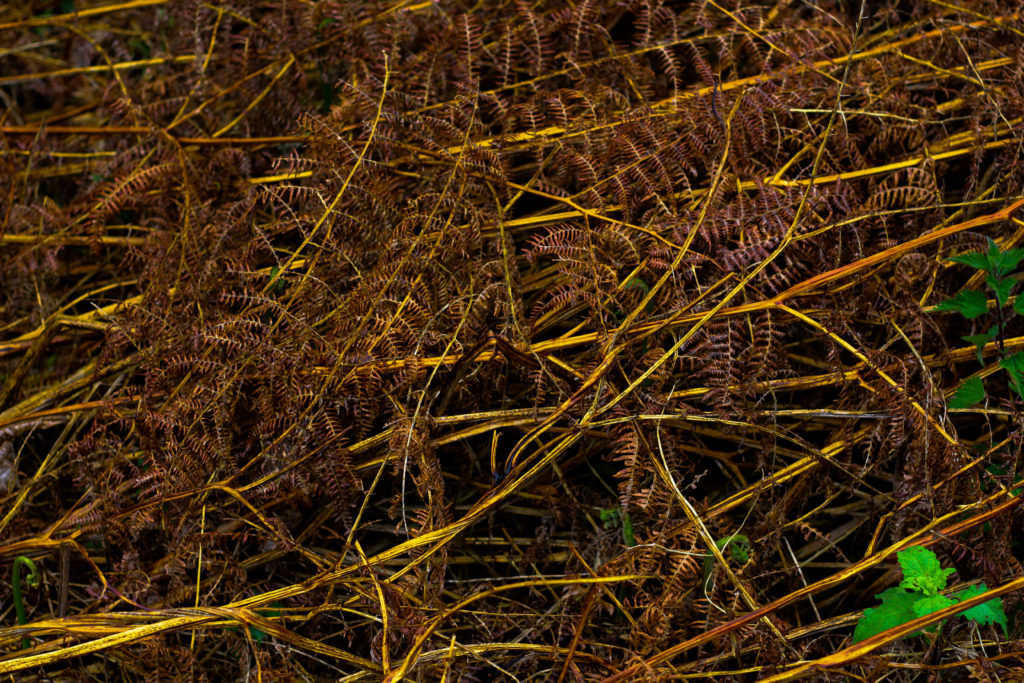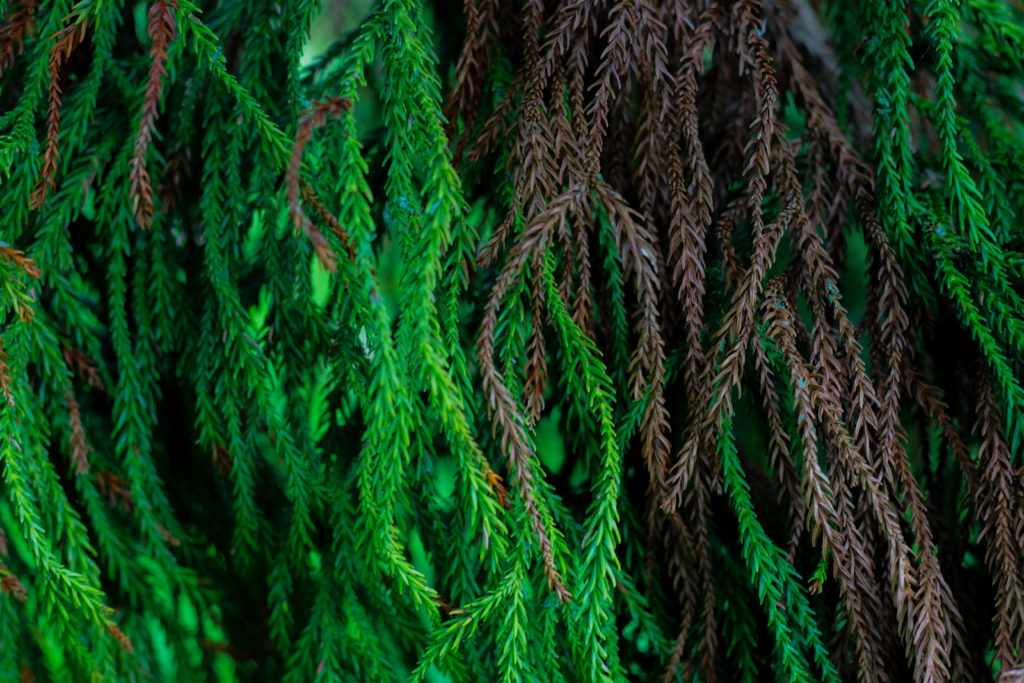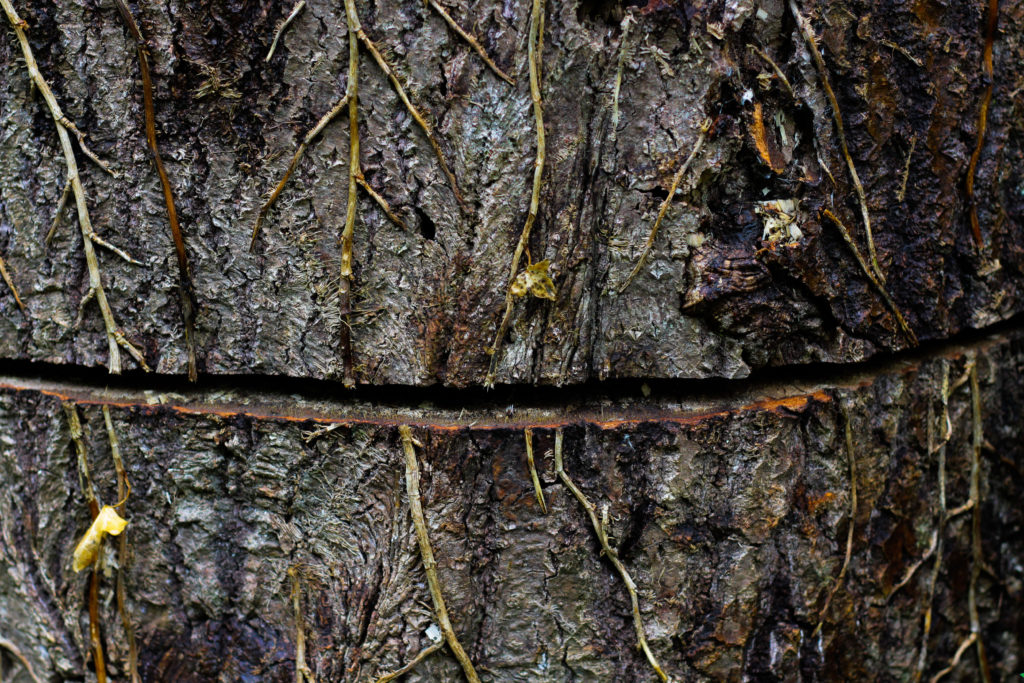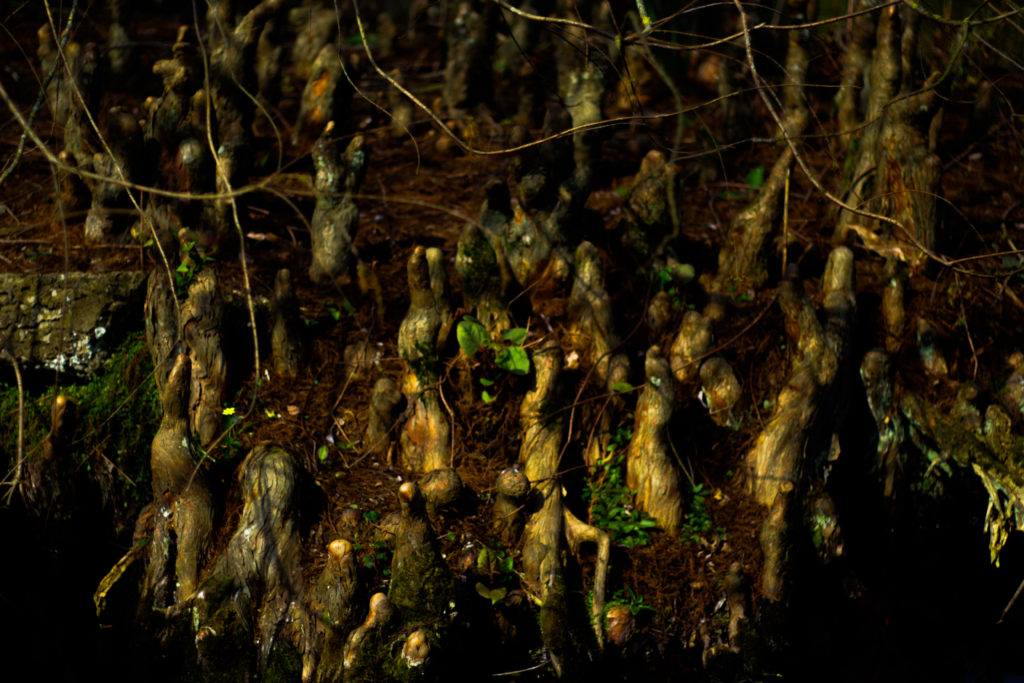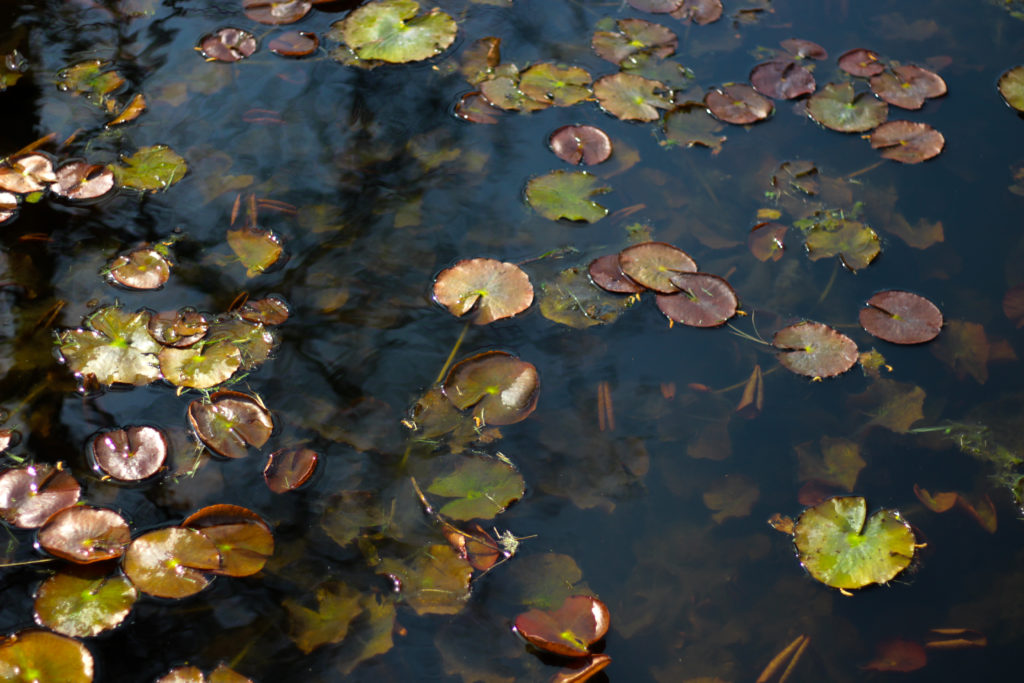Category Archives: Final Outcomes
Filters
Evaluation – Photobook
To introduce my book I wanted to make it clear to the audience this sense of lifestyle which is the ongoing theme within my book. This set of images on the opening page show these ideas of variation through the outfits worn to the locations being visited by these individuals. Another main focus within my book was to highlight the lifestyles seen throughout and to focus on the individuals through the skateboarding lifestyle but within the sport itself. Throughout the book I used multiple different layouts as I believe it created a strong variation throughout which has kept the book Interesting and consistent. Furthermore, Within the book I focused heavily on documentary photography as I found the photographers I looked at, their work fell heavily into the documentary style which I believed would create an interesting concept throughout. In addition, these photos were taken on film in both black and white and colour and are pretty much untouched when being edited. I wanted my book to have a raw feeling to it as I found that these photos told the story of each individual without having been altered or manipulated in anyway. I believe by having done this it has created a documentary style theme throughout the book emphasising each individual image. The name of the book comes from a very well known film which I thought would be an interesting title for this book as I was focusing on the lifestyle of these boys. The actual meaning of choose life was to promote an anti drug movement, within this lifestyle drugs play a large part within these subjects lives. By having choose life as the title of this book I believe it represents this lifestyle as a whole ranging from the highs and the lows. To finish the book I implemented the image of the two boys turned away from the camera, I used this image in particular to close the book as I believe it has connotations of them turning away from all the problems and accidents that this lifestyle has had within their lives and allowing for them to focus and enjoy on the positives that this lifestyle holds.
Choose Life
Evaluation – Final Prints
I wanted to incorporate the typologies theme throughout my final prints as I felt this theme conveyed a contact sheet style which I thought would have an interesting outcome for my final images. I wasn’t sure how to display my images, so I came up with multiple different layouts however the three layouts above where the ones I decided on and thought where the strongest layouts and had the strongest images in throughout. However, when looking at a traditional typology or contact sheet they were all portrait which allowed me to narrow down my decision and resulting in me using the two portrait orientation layouts for my final decision. Furthermore, when displaying my images I wanted to create window mounts for my display as I believe my images would be suited better with a little white boarder round the outside of each image and allowed for a stronger effect then if I had just stuck them onto the black mounting card. I decided on using these images as I believed that each individual one had some sort of relation to each other and found they complemented each other strongly within the set. When laying out the images I found I wanted to relate to the theme of the project ‘Variation and Similarity’. I was able to use this theme when laying out and selecting my images as I wanted to include images as part of a set however I also wanted to create a bit of variation within the layout by having a juxtaposing image run through the middle of the the two similar ones. I found by doing this changed up the layout of my images including an obvious variation between the layout and the images. I believe this created a strong effect on the layout which I believe allowed for it to be a more interesting final outcome.
These where my final outcomes.
Final Book Link
Here are the links for my books ‘Hue.’, ‘Form.’ and ‘Motif.’
Hue:
https://www.blurb.co.uk/b/9481553-hue
Pictures of My Final Piece

Variation And Similarity Evaluation Analysis
Regarding the results of my topic of ‘Variation and Similarity’, I am very satisfied with the steps my project has gone in relation to the creation of three sub themes based around the idea of abstraction and the produce of three individual books looking at each of these themes. When starting my project I made sure that I wanted to explore the idea of abstraction and the varying themes and styles which could be used to look at the topic as a whole. To do this from the start I had originally wanted to go down the route of looking at the idea of dividing my results into three sections much like my coursework, my idea behind this was so that it would provide me with a much broader range in what I would be able to capture and relate to the project, rather than looking at one theme, three would provide me with contrasting results which on the surface could not be seen relating, however with the underlying theme combined it linked them together to present them in a way that the viewer would understand after knowing my intentions. Initially I had gone about to different sections of the island with the purpose of either photographing the subjects in an isolated way or a way which captures the entire landscape which would broaden the audiences perspective. I had selected the themes of texture, colour and pattern because of how they were so common in out everyday lives that they went predominantly unseen due to us overlooking them, providing us with an insight into the structures and unseen beauty that we walk past on a regular basis. In the creation of each topic I had tried to reduce editing to a minimal so that any changes would have had to been produced inside the camera there and then, which as a result for me provides a greater connection with them due to holding a more personal and first person account with the subject.
When going through my creative process I had found certain faults through how I was occasionally straying into the topic of another theme, however in the use of mind-maps it allowed me to train my line of thought towards my goals and aims of each shoot, resulting in the photos taken reflecting my intended purpose for that shoot. Looking back at my process of going about with photo shoots mood boards and the research of individuals, I soon came to believe they had been a crucial element in defining my inspirations of what I would want to achieve in the future of my exam, the creation of artist reference pages really helped drive my inspirations and aspirations due to further research into their work allowing a more developed understanding into their mind-processes and techniques. Looking back at the posts I have created on the blog I am happy to say that I had explored a huge amount of contextual studies in both the art world and photography world, researching the links between the two in fields such as colour and the origins of abstract art, something that without would not have allowed me to produce some of the work created. This consisted of certain art styles such as field paintings where an artists would focus on the block colour of a landscape rather than what was inside it, as a result of this it allowed for me go about photographing landscapes using a new perspective that had been unknown to me. Certain artists that had helped me develop my understanding throughout the project are Robert Frank, Aaron Siskind, the Weston’s and Franco Fontana. Though all these photographers had different styles of work, they all contributed towards the outcomes of each shoot which could then be linked to each other through them being sub-sections of abstraction, without looking into the techniques and styles of each photographers I would not have known how to use my ideas with the camera to capture my intended images. Regarding how my final outcomes turned out I was relatively happy with the foam and card mountings due to how the 3d element created by them in a mood-board fashion allowed audiences to understand the theme underlying each section, looking at individual images would not allow any insight into my intentions for the project, but rather the viewing of them as a collective would. This was closely tied into my work of producing three individual books looking each at a different theme of abstraction, these came out amazingly due to how they perfectly reflected how I wanted a journal’s guide to be, with minimal text providing a narrative for my thought process and results.
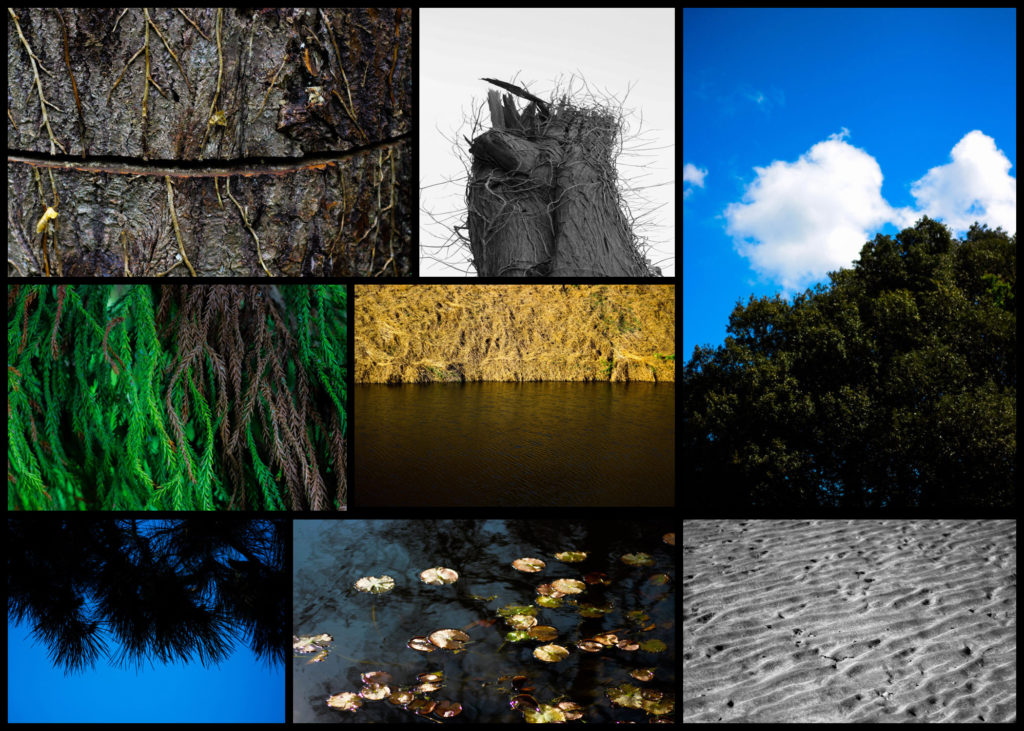
Framing + Evaluation Of Final Pieces
Before going onto finishing my final pieces I had to make a selection of eight to nine images that I thought would work well together regarding each final mood-board composition. Throughout the project I have been using various techniques such as monochrome, gradients and motion blur to improve my overall skills and perspectives regarding my stance and intpretation of the topic of variation and similarity. When looking over my project it has allowed me to photograph subjects in a new light using techniques that I would not have previously used, the overall process that I have used for each shoot has given me a new understanding of how my composition can affect the viewers opinion and interpretation of situations whilst allowed me to explore new styles that I had not previously looked at. Here are my image selections for each moodboard composition and the final outcomes:

I was really happy with the outcome of this section regarding the themes of variation and similarity, this is mainly due to how I loved the use of tightly boxing in each photograph so that they emerged as a compact form which ever so slightly defined the individual images through the boxing in using white borders. For me the implementation of the borders was the key in creating the composition of the mood-board, this is because of how each photograph is taken using a monochrome filter and against a black backdrop it would render images pointless due to them merging into the background, by adding a white border not only did it make obvious the seperation between the board and images, but also defined what was in each border more due to the greater contrast now present.
The images I selected for this mood-board are centered around the theme of abstraction through pattern. The reason I selected only monochrome pictures are because I found that they perfectly highlighted the everyday unseen patterns presented in our journies ranging from walls, animals and grass. I wanted to box these images together because I found they all related really well to each other regarding both visual and contextual aspect, seen through the varying shades present and up close representation of different subjects which are highly contrasting their surroundings.

Peronally this outcome came out well for me as I found the placement of images complimented each other through the transitioning of colours that went from one image to the next. When creating the mood-board I tried to create a sub theme within where I chose to focus on only a few certain colours such as yellows, oranges and blues, this way the outcome produced was visually aesthetically pleasing due to how the white boarders that accompanied each photo boxed it in, defining it in the process whilst the colours were brought out through its limited framing. Out of the three final layouts for the final pieces this was definitely the one I tried to experiment with the most seen through the must larger use of nagative space, the reason for this was that I wanted to allow more breathing space for the picture as it contained the more light hearted and beautiful photos out of the three themes
The overall topic for this board was abstraction through colour, here I wanted to provide the viewer with my interpretation of this through saturation. I decided on this because of how through saturation it allowed for the creation of landscapes that seem too colourful and surreal to be real, by photographing the entire landscape it allowed me to focus on not only on the subject but what the potential surrounding area would look like portrayed differently, something I changed to isolating the subjects like the other two themes.

Finally for my last composition I wanted to create a larger mood-board than the other two made, consisting of ten images rather than eight. The reason behind my thought process for this is because of how there is such a variety of different textures present in each of the shoots that it would be much harder to present my process and results using only eight, through ten images it could allow me to create two different forms of texture five times, all whilst compacting them onto a singular piece of card. I tried to incorporate a lot of colour into this composition created from the natural forms of each subject (the difference was that I did not use any editing to create a saturated unreal environment), my intention behind this was to draw the viewers in through aesthetic textures that could be found in gardens and Jersey’s landscape.
For this section I was mainly focusing on the topic of abstraction through textures in the natural environment. I mainly here wanted to focus on the form of subjects such as plantation and water due to them providing the largest amount of variation regarding how their surfaces could be warped and changed concerning their location and type. Much like the first mood-board I wanted to base the composition around tightly packed images being defined through the use of white borders which as a result increases their contrast. My aim here was to fill up as much blank space as possible so that the result would seem as though they were all linked, being serperated by small lines which create depth in the piece.
Overall I was really please with the three mood-board results as they reflected my intentions for the shoot perfectly, where you would need to see each theme as a collective rather than an individual item. I was particularly happy with how the compositions turned out and the definition created through the mounting of white foam board against the surface of black card, for me this complimented my imagery really well due to the majority of them being too dark or bright which could be stopped through the implementation of borders or black card.
Creating Book Sleeve
Whilst my books were being printed I decided to go ahead with the design of my book sleeve, the idea behind this was from Robert Frank and his storage of his books being inside. I wanted to create a simplistic design due to it being able to compliment the minimalist design of each book, however before the design I would have to measure up a plan in relation to my only known dimensions of the books being 15.5cm x 23.3cm. Using the software Photoshop I would need to go ahead and create a structure made from various shapes to allow me to fold together a sleeve with minimal equipment. Using only two dimensions I was able to create a fold-able sleeve which would be able to fit together and store all three of my printed books. Here is the plan for the design:

I started by printing out the individual shapes and cutting each out, by doing this it allowed me to trace around the outline of each box and slowly combine all pieces together so that it formed the overall shape. From here I proceeded to cut out the design from the card using a ruler to accurately fold the bends so that they became forced into a box formation. I found that glue had not been strong enough to stick the sides together, and so led me to use double sided tape to provide a strong holding force between the sides of card, as a result of this the book ceased to fall apart. Here are the images from my final creation of the black card book sleeve:

Overall I found the result of the sleeve to be effective in the case of being able to hold all three books whilst maintaining its form, however if making one in the future I would have to consider using a stronger material so that it would present a more sturdy structure. The idea itself really only acted as a dust cover for the books due to them being softcover journal books which have no cover expect for the paper they were printed on, and so the development of this sleeve allowed for me to protect them from scratches and dents which could occur once they are printed.
Final Books Layouts
For the final titles of each book I settled on Motif, Form and Hue, this was because of how they are synonyms for texture, pattern and colour as I found them to be more effective if only consisting of three or four letters. When creating the final design for each colour I decided upon using a dark grey to contrast the lighter grey of the title, this way the text slightly merged with the cover preventing it from becoming too overpowering. The books themselves have been printed on a 15 x 25cm format (Journal book), this is because they would fit perfectly inside the sleeve I am currently creating to fit each book in. From my first draft there has not been considerable change due to how I was overall really pleased with the results I had created, with the only tweaks being the composition of the last two images on the final page.






Overall these are the final layouts for each of the books, Motif, Form and Hue. The three books contain a different theme within each looking at colour, texture and pattern, all of which come under my topic title of abstraction and the variety of ways in which it can be portrayed through the camera. Within the books I have included a variety of different page layouts consisting of double spreads, single images and triple photos, all of which I have previously experimented with so that they can transition between the different photos inside s effective as possible. Regarding certain images I have made sure to include a white border around each photo due to how it effectively boxes in the pieces, separating them from the next and creating contrast between the pages which I have used a white backdrop for all pages except the covers. The use of a white backdrop I found was the most effective outcome I could produce due to it not taking away anything from the images like a coloured backdrop would, instead adding definition and that needed bit of contrast on the monochrome imagery. In creating the book I wanted to go straight into the theme portrayed on the covers of each, this meant that the first pages would include my best image from each section so that it set the pace and theme for the rest of the spreads.
When creating the books I made sure to have sub themes within each of the books, this could include colours ranging from blue and green to different depths of shade created through the monochrome filters. I decided against the implementation of page number because of how they interfered with the single images covering double page spreads, which in my opinion reduced the impact through the presence of small numbers in each corner. I also went against it because of how my initial idea of creating a personal journal exploring an abstract theme, leaving me to want pages to be as minimal as possible.

Evaluation
I think overall, I fulfilled the exam title ‘Variation and Similarity’ successfully as the final theme I chose to follow was ‘Light vs Darkness’. This interpretation of variation and similarity was interesting as I found I could use many factors to photograph; it can be anything you see, (since light and darkness can just be a varied amount of light and dark tones).
I started off with following the idea of repetition, where I did a mini experimentation shoot of doors and windows to see if I liked this theme. I started to think I could explore repetition further and start to capture other aspects such as shadows and lighting, reflections, architectural structures (like doors and windows,) sunlight, colour, water, nature, landscapes and seascapes. However, I then took the route of photographing light and darkness as I felt this related more to the exam title. This is because, light and darkness are two polar opposites and so this is a variation of tones. However, they are similar because they can create similar effects, such as shadows.
I did 7 main shoots to explore light and darkness, with 1 mini shoot (so overall, 8 different shoots). I think these went successfully as I planned all my shoots beforehand so I knew what I wanted to achieve. I thought about my composition so that each of my images could be taken from various angles and perspectives to see which worked best. I edited all my images from all my shoots, and then made a narrow selection of 10-30 images that I liked the best; I did this on light-room as I found it easier to make selections from. To select my final images I went onto light-room and changed the filter settings to flagged so I could see all my favourite selection of images. Then I narrowed down to a further 50 or so images that I thought would work well to create a final piece from. I had images of people (from my studio shoot with lights,) as well as coloured glow-stick images from a studio shoot, architecture images, beach images and seascapes, as well as a few images from my boat shoot. In the end, I looked at what I thought my most appropriate images were to fit my exam theme of light and darkness and found that these were my images that included shadows in them. A lot of these were black and white images, however there was 1 boat image in colour. I finally selected 11 images to use (which I displayed in my final image choices blog post). These consisted of 2 boat images, 1 studio image, 1 home shoot image, 5 architecture images and 2 beach images. The only image that didn’t match well with the other final images is the studio shoot photo of the glow-sticks; however, I still selected this as one my final prints because I wanted to show how I explored light and darkness in a creative way. I think that because I displayed this glow-stick image on its own final piece, its worked well because it wasn’t juxtaposed with any other shadow images. Maybe I shouldn’t have included this image because of how unrelated it is to my other images but I still think it was a successful choice.
In terms of artist references, I chose 6 artists to analyse. However, only 4 of these artists was based on my interpretation of the exam title (light vs darkness). The other 2 artists was inspiration for when I first started the exam and I was experimenting with different styles of variation and similarity to see what I preferred. I think the 4 artists I chose to use as inspiration for my exam was an appropriate choice as they all used photography as a chance to explore light and darkness. Initially, the artists I wanted to take a big step to follow was Kanghee Kim, as another idea for mms specification was to explore the sun; as she uses the sun to capture images in her photo-book ‘Golden Hour’, I made an artist reference about her. Yet, as I realised that I wanted to go down the route of light and darkness (not just the sun,) I still thought of Kim as a good artists inspiration. Ray K Metzker was another bold inspiration towards a lot of my images as his images of shadows and street photography really outline the variation between light and darkness. I think I could’ve used more artists for references as 4 isn’t a huge amount – although, because these 4 artists were such big influences on my work, I think only having 4 artists was successful as I really concentrated on shoots that reflected their work and their style of photography, (as shown in my images of mine similar to artists blog post).


